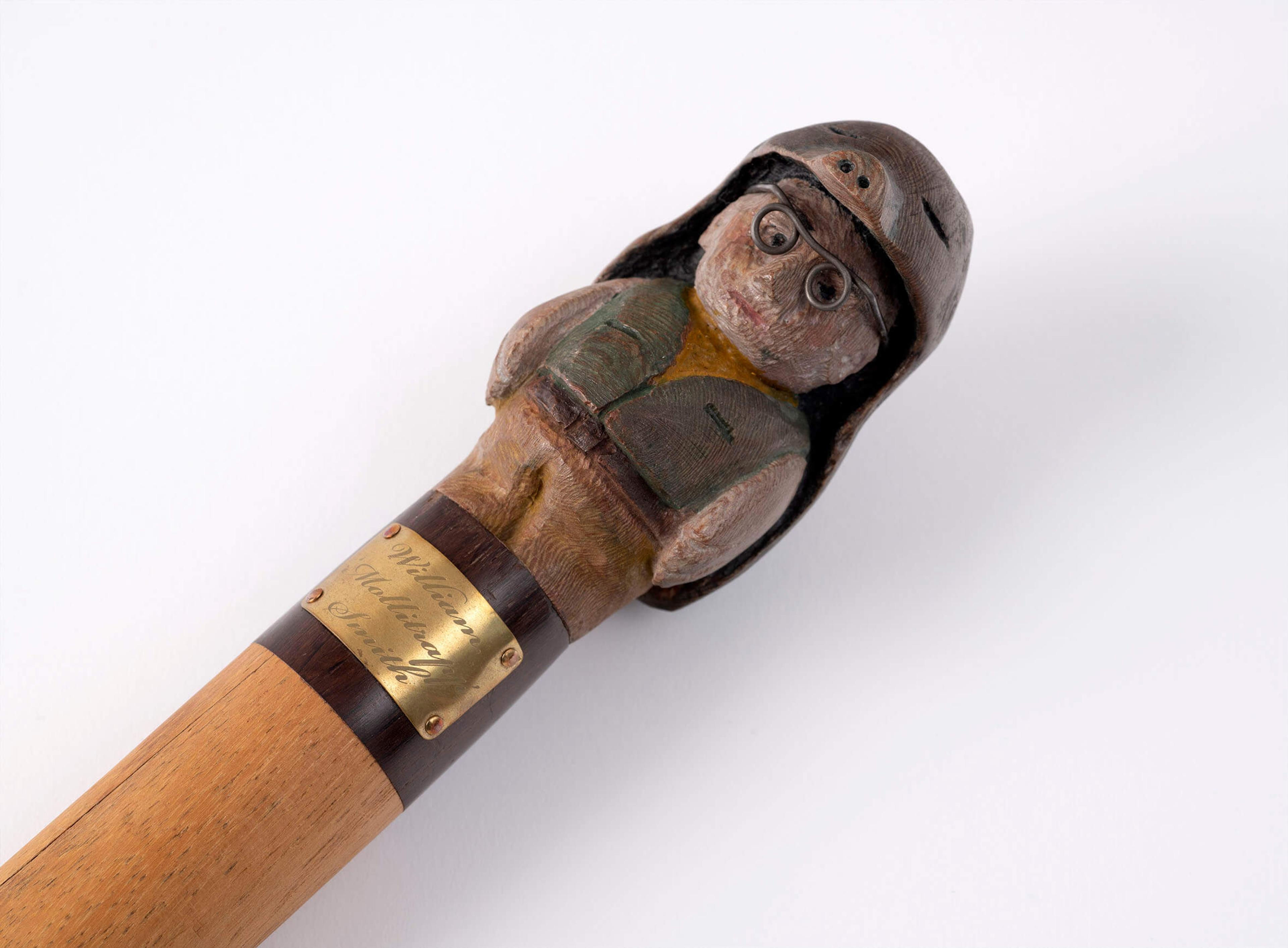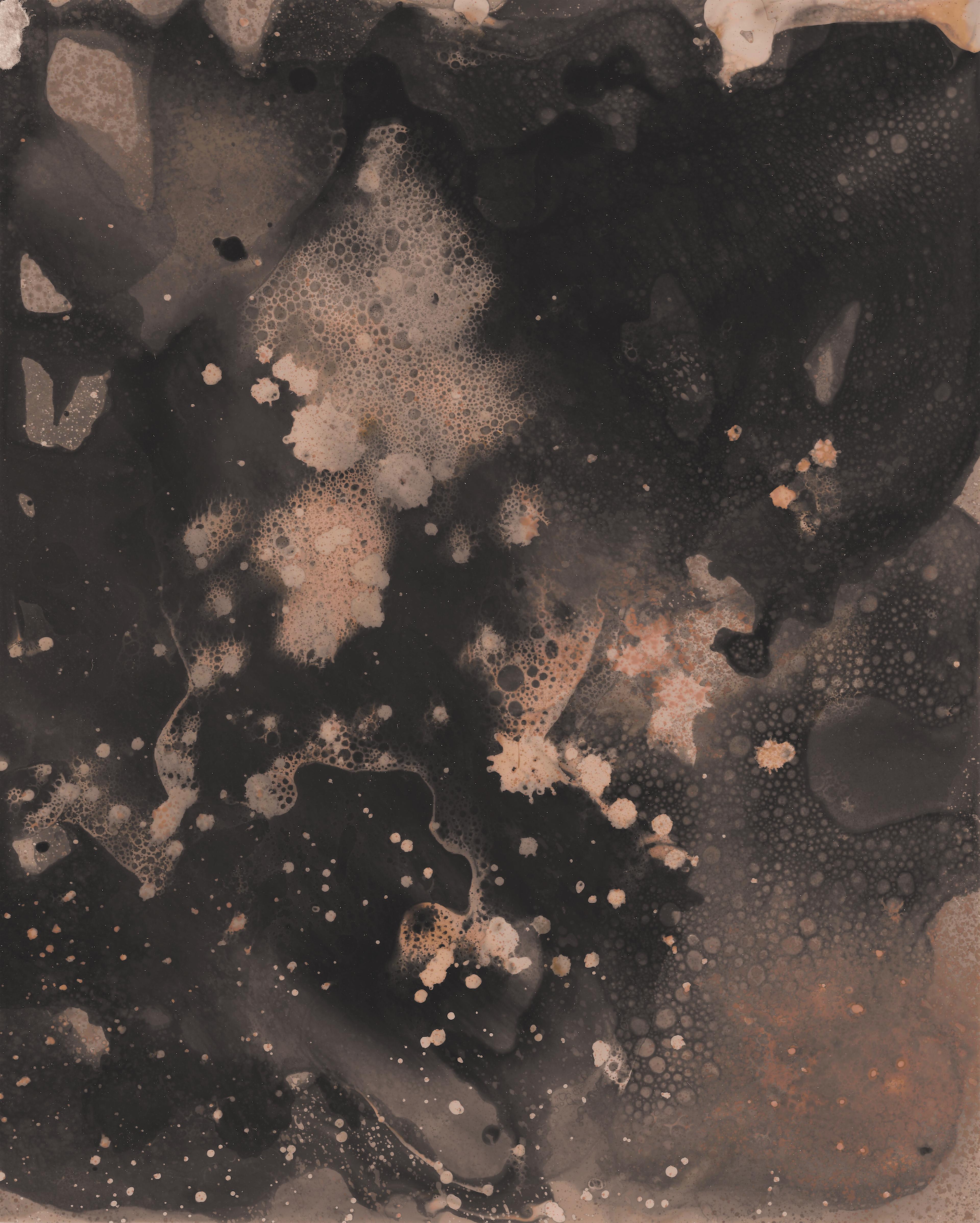Our Clerkenwell, Now and Then
A map of history and memories by members of The Peel Institute with Siôn Ap Tomos
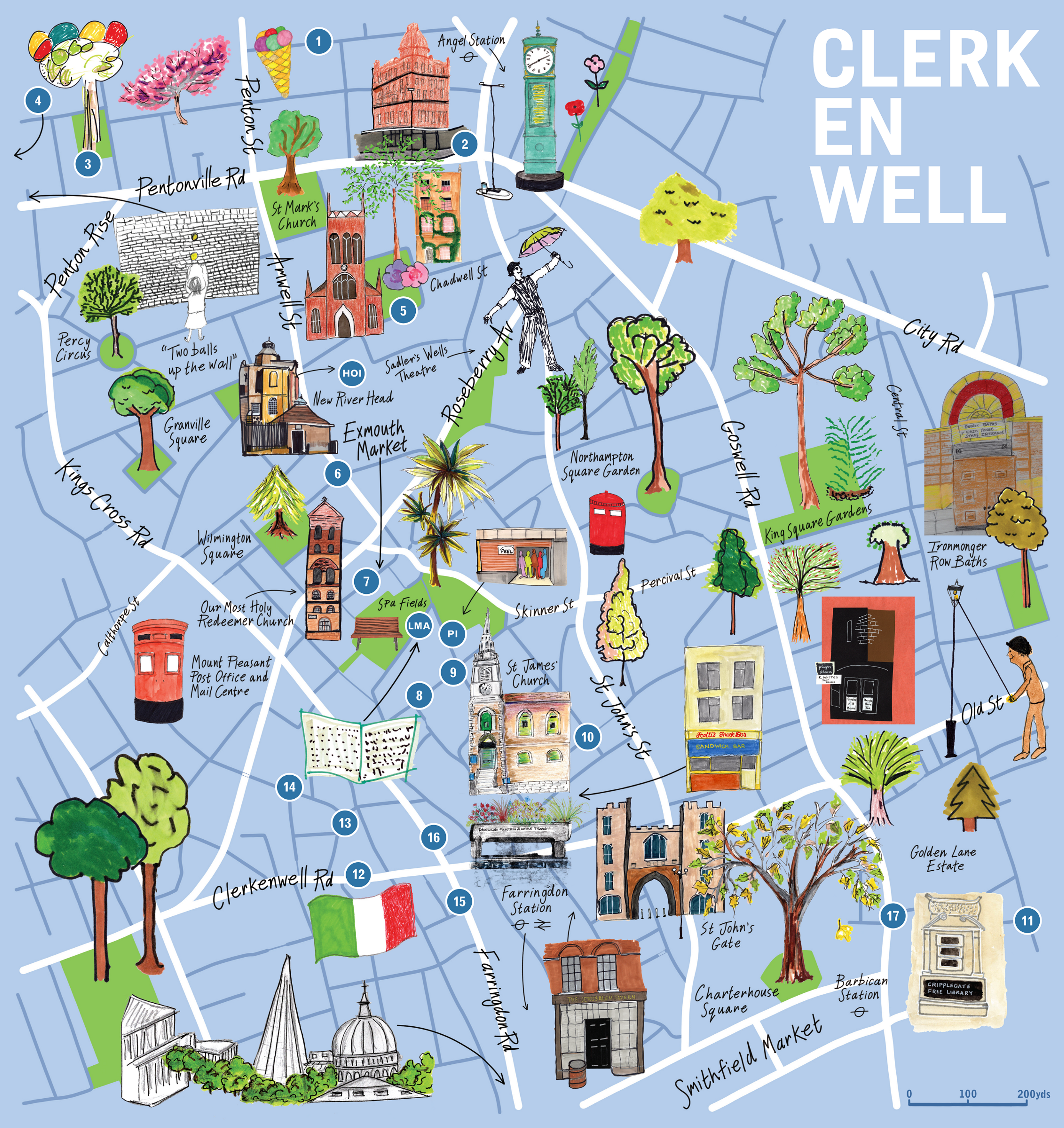
This map shows the sites of stories and recollections chosen by a group of past and current residents of Clerkenwell, London: Selma Atasoy, Sheila Collins, Vivienne Evans, Bill Gilliam, Marilyn Gilliam, Josie Hadley, Michael, Janulewicz, Sue Lloyd, Maria Mansfield, Jill Putland, Ray Rich and Mary Smith.
Meeting at The Peel Institute in 2021, they worked with illustrator Siôn Ap Tomos and used material from the collections of London Metropolitan Archives to inspire their work.
Scroll to explore their illustrated guide to Clerkenwell.
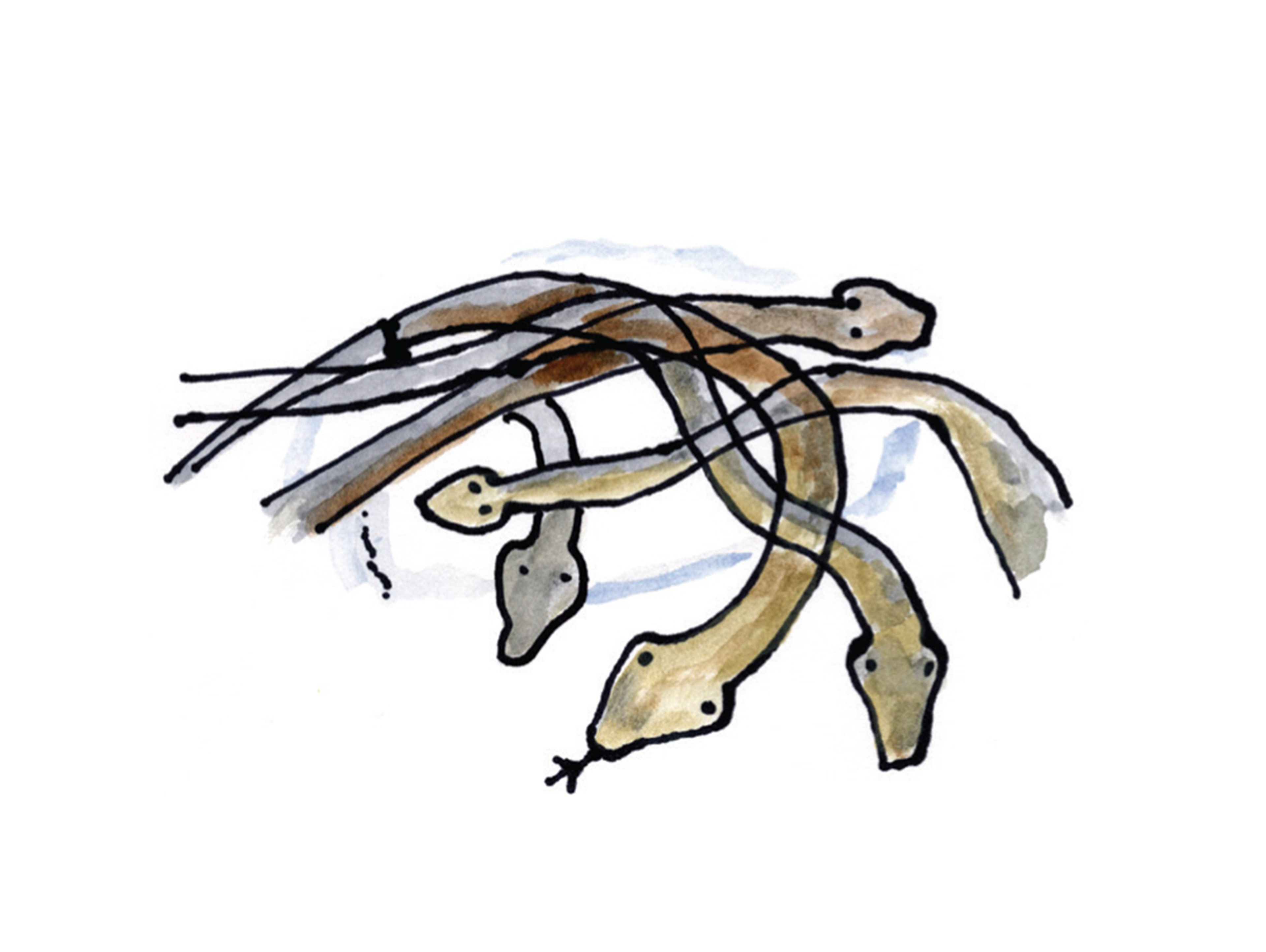
1
In Chapel Street and Exmouth Street Market there were pie and mash shops that also sold eels in the street outside. On a large table there would be a big metal tray about four inches deep with a block of ice in the middle and a number of eels slithering and sliding all over each other.
When a customer bought one, it was bashed over the head with the butt of a knife and slit open from its head to about halfway down its body. The vendor would insert his thumb into the slit to remove its gizzards, then quickly cut it into one-inch chunks to be taken home.
Bill Gilliam

2
There was a Lyons Corner House restaurant at Angel junction where Pentonville Road and Islington High Street meet. My dad and his mates would play dice when visiting there by marking sugar cubes with all the dots.
Mary Smith
Lyons Corner House was previously the Angel Hotel, built in 1903 on the site of the 17th century Angel Inn from which the area of Angel got its name. It is now a bank.
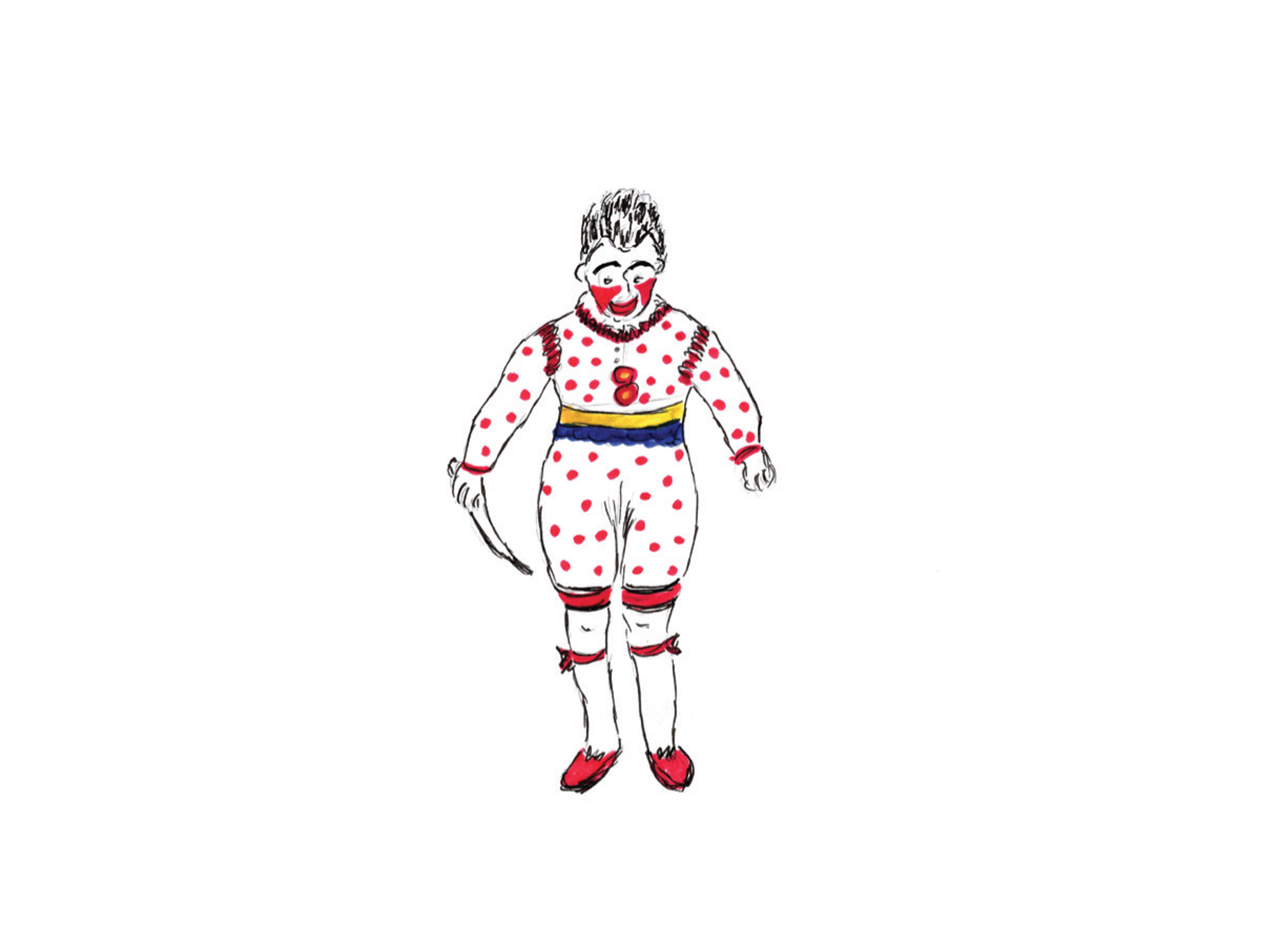
3
Joseph Grimaldi Park is named after the Regency actor and comedian whose grave can be found here. Grimaldi was one of the biggest stage personalities of his day in England, most famous for developing the character of the clown as we know it today. Clown performers still celebrate him now with an annual memorial service held in nearby Hackney.
Illustration by Maria Mansfield

4
Henry Croft was born in 1861 in nearby St Pancras Workhouse, now St Pancras Hospital, and worked as a road sweeper and rat catcher. He also collected money for charity and was the first to create and wear a ‘pearly suit’. He was my friend’s great grandfather.
Vivienne Evans
Croft founded the London tradition of ‘pearly kings and queens’ which still exists today. These ‘pearlies’ wear ‘pearly suits’, elaborately decorated with mother of pearl buttons, and raise money for charity.
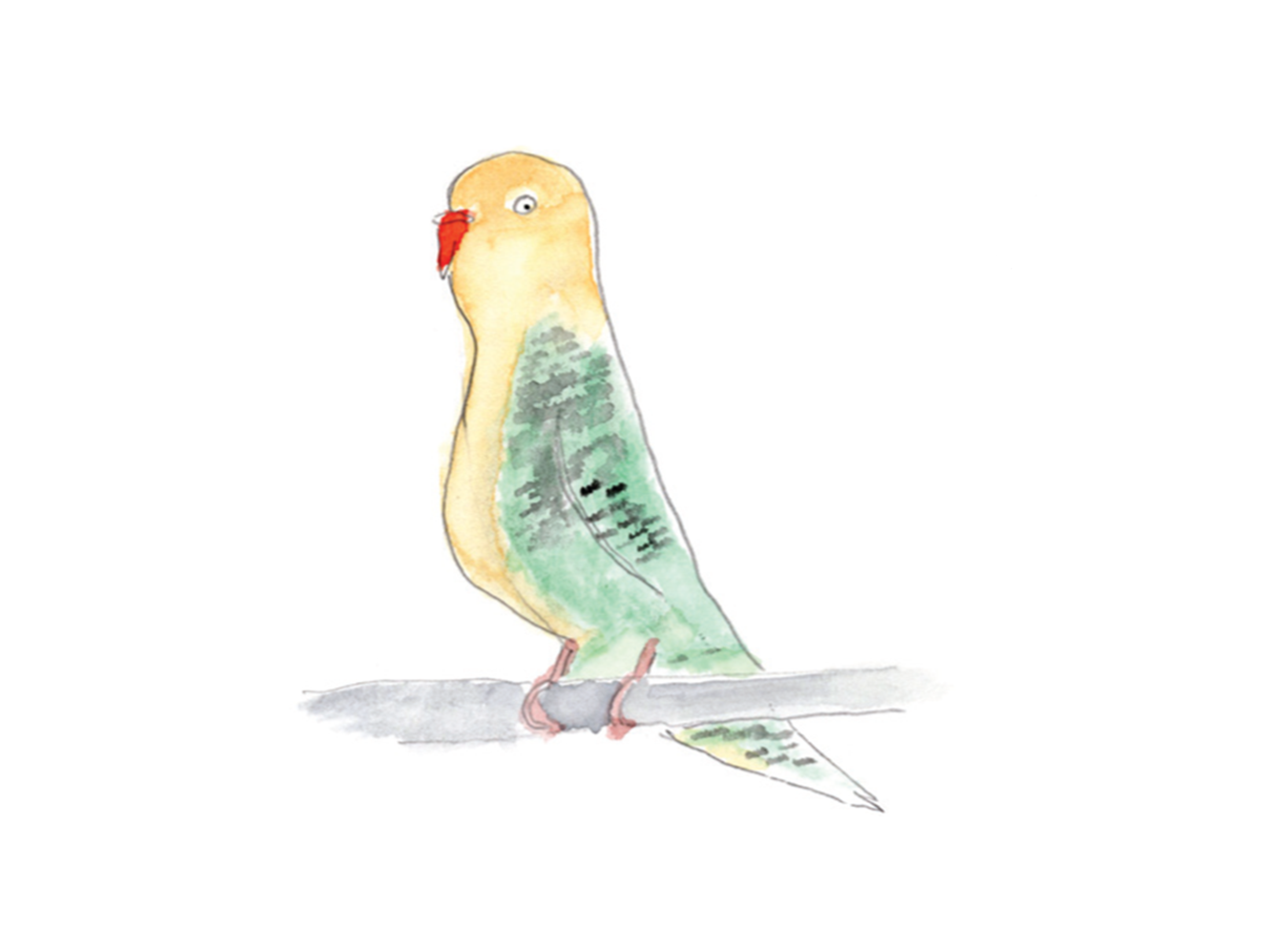
5
I was living at No. 16 Chadwell Street aged about six when my pet budgie Joey was found dead on the floor of his cage. After a short period of grief I took the biggest spoon I could find in our kitchen and took Joey over the road to Myddelton Square Gardens. I buried him behind the third park bench to the right of the main path to St Mark’s Church. I still visit him to this day.
Bill Gilliam
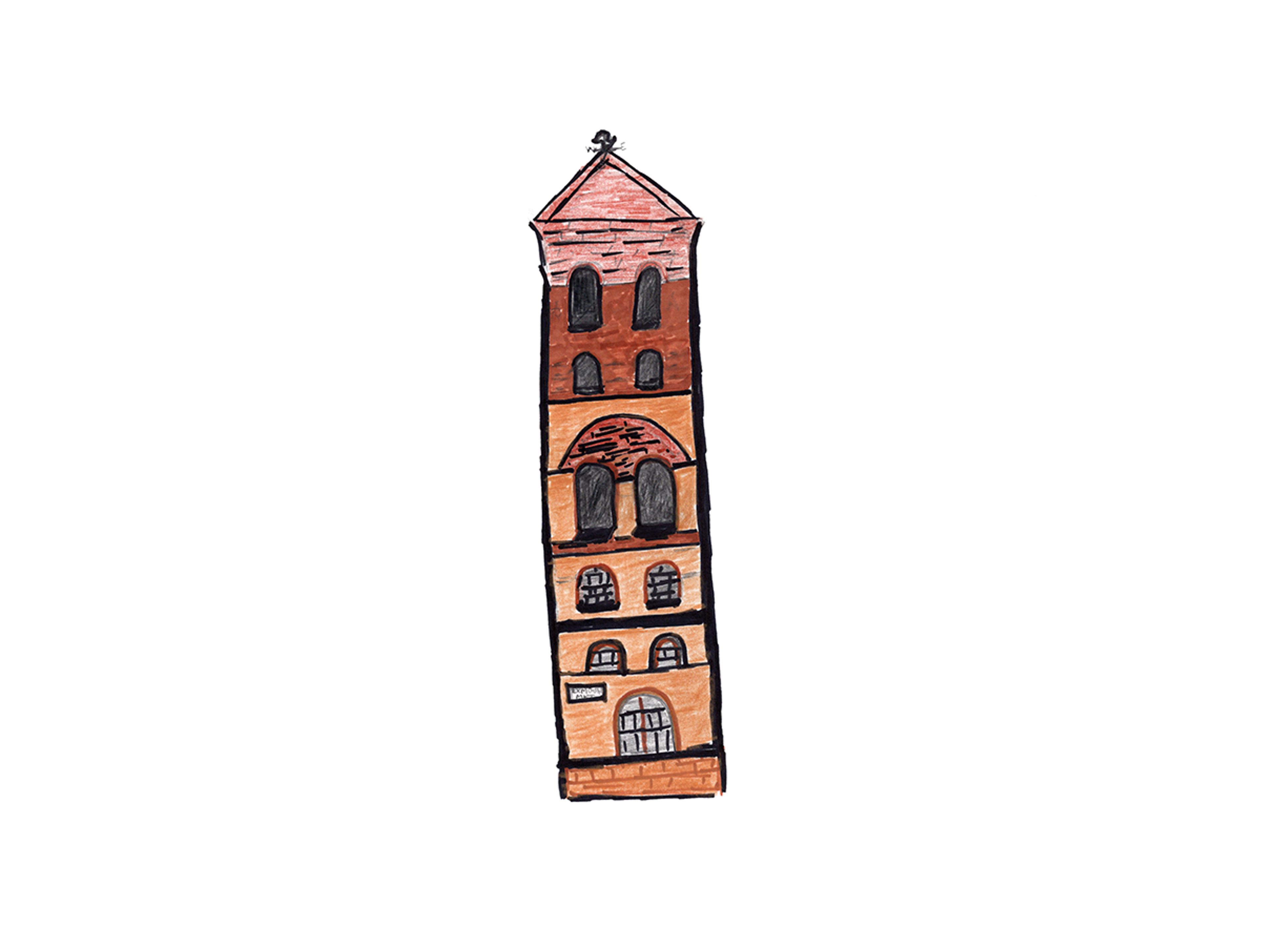
6
Merlin Street Baths provided somewhere to swim, bathe and do laundry. Due to poor housing in the post-war period, bathrooms were few and far between. On Saturday afternoons my friend and I would go out for our weekly ‘slipper bath’. Carrying our towels and clean underwear we would go and soak for ages, calling out for “more hot water in number four!” - the baths being numbered - until we were told in no uncertain terms to get out as others were waiting.
Mary Smith
Illustration by Maria Mansfield
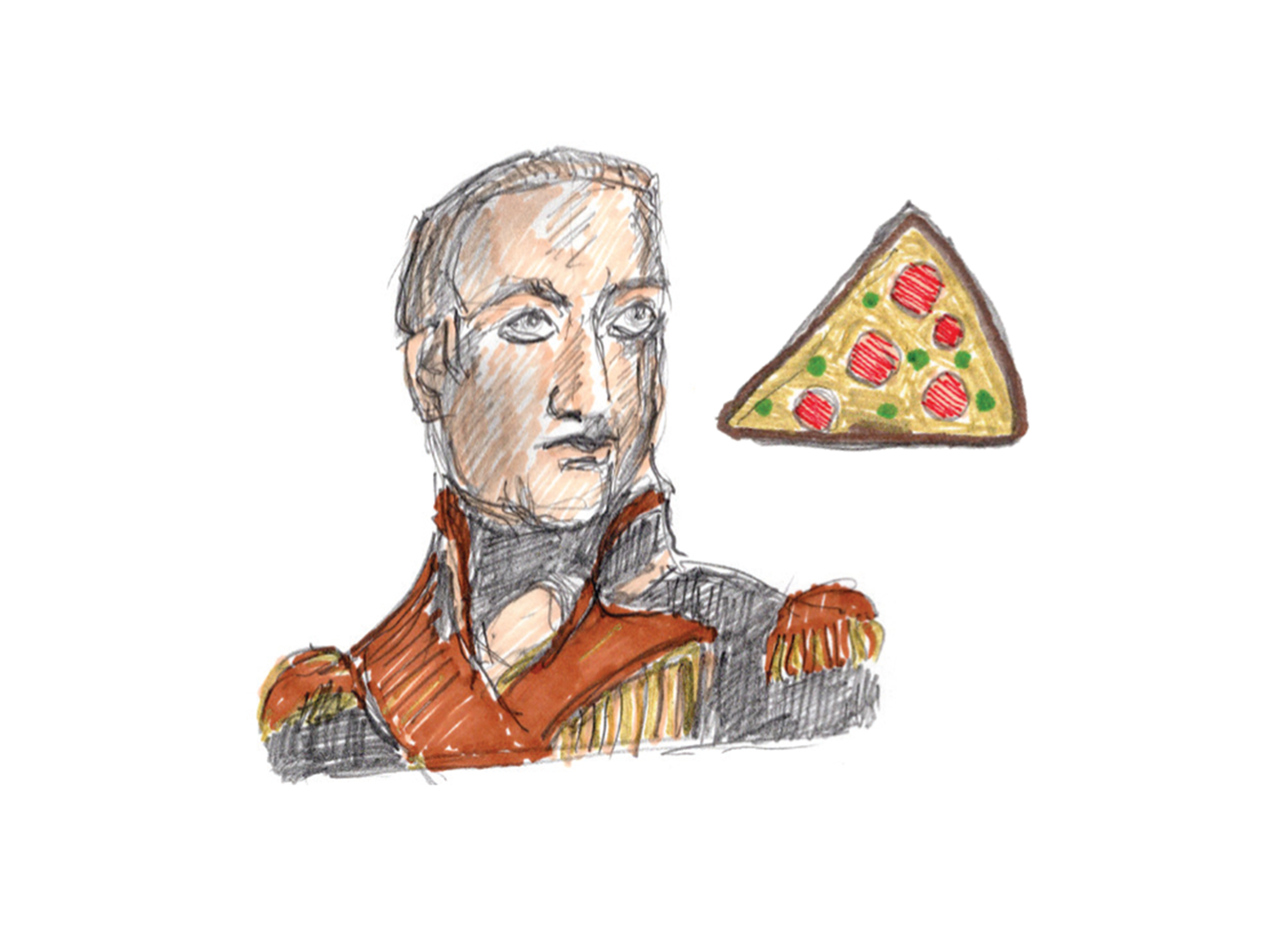
7
Exmouth Market takes its name from the Exmouth Arms pub that stands on the street. The pub is named after Admiral Edward Pellew whose notable naval career began at the age of 14, spanned several decades and conflicts, and led to him being given the title of 1st Viscount Exmouth in 1816. The street is notable for its many cafés and restaurants and, being pedestrianised, having substantial outdoor seating.
Illustration by Ray Rich
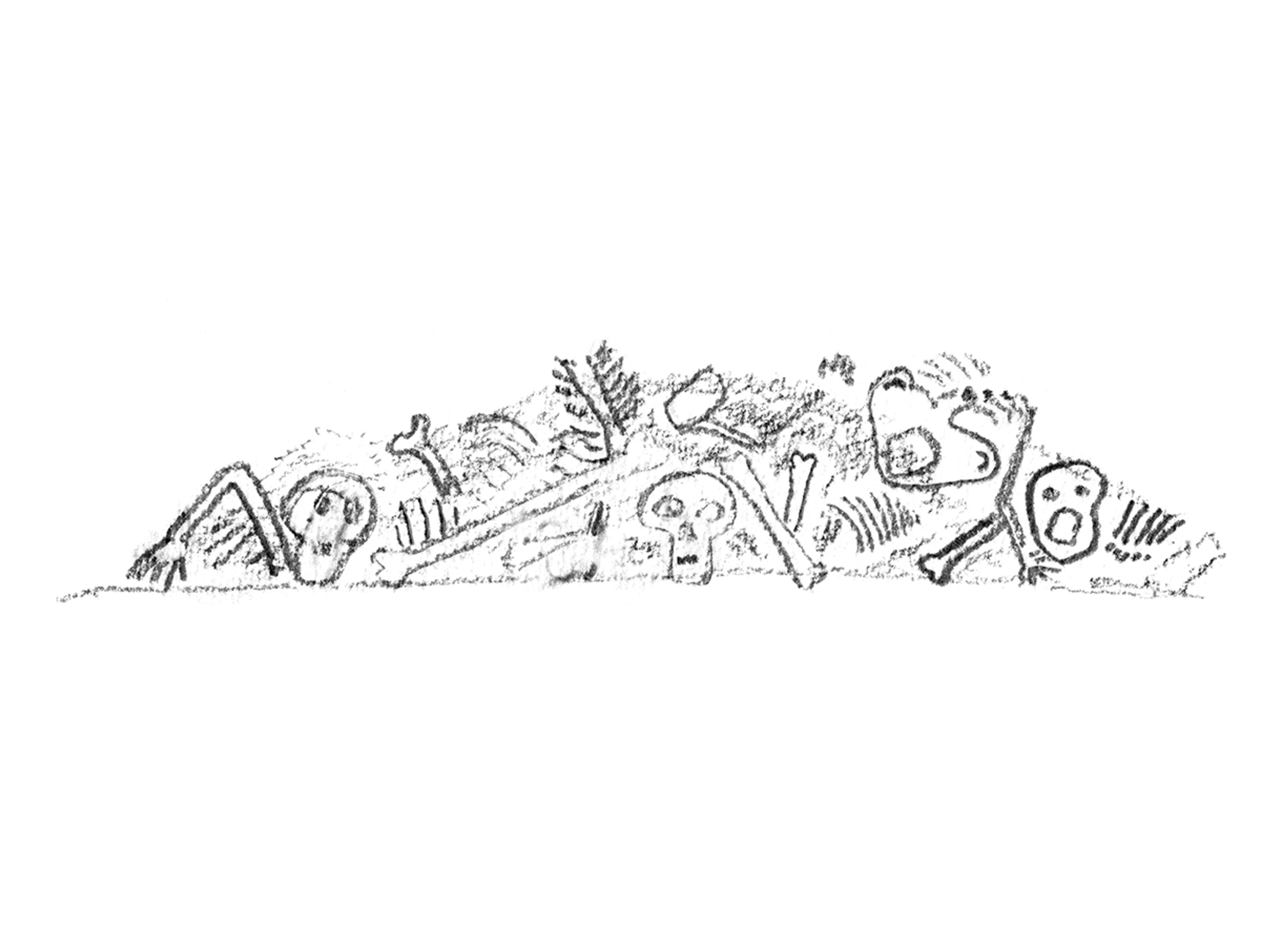
8
Workmen had dug a trench through the tarmac playground of Hugh Myddelton Junior School [now Number 10 Bowling Green Lane] to lay a water pipe to provide a drinking fountain in the rain shelter. After the first day of digging there was a huge pile of skulls, long bones rib cages etc. all roped off, but no workmen on site. They had caught diphtheria and were all in hospital.
The next morning the entire school were made to line up at the door to the school hall to be inoculated for the infection, forming a very long queue around the entire perimeter of the infants playground and beyond. I remember bright sunlight and much mucking around, indicating we had no idea of the danger we were exposed to. Many areas of Clerkenwell were used as plague burial grounds.
Bill Gilliam

9
I was seven years old when WWII began. I went to Myddelton School until we were evacuated and my school went to Luton. After seven weeks my parents were unhappy with the way I was being treated, so they brought me home. I remember the first air raid I experienced back in Clerkenwell: I was riding my bike with friends in Northampton Park and I can still picture my dad running towards me, scooping me and my bike up and running home with me in his arms.
Josie Hadley
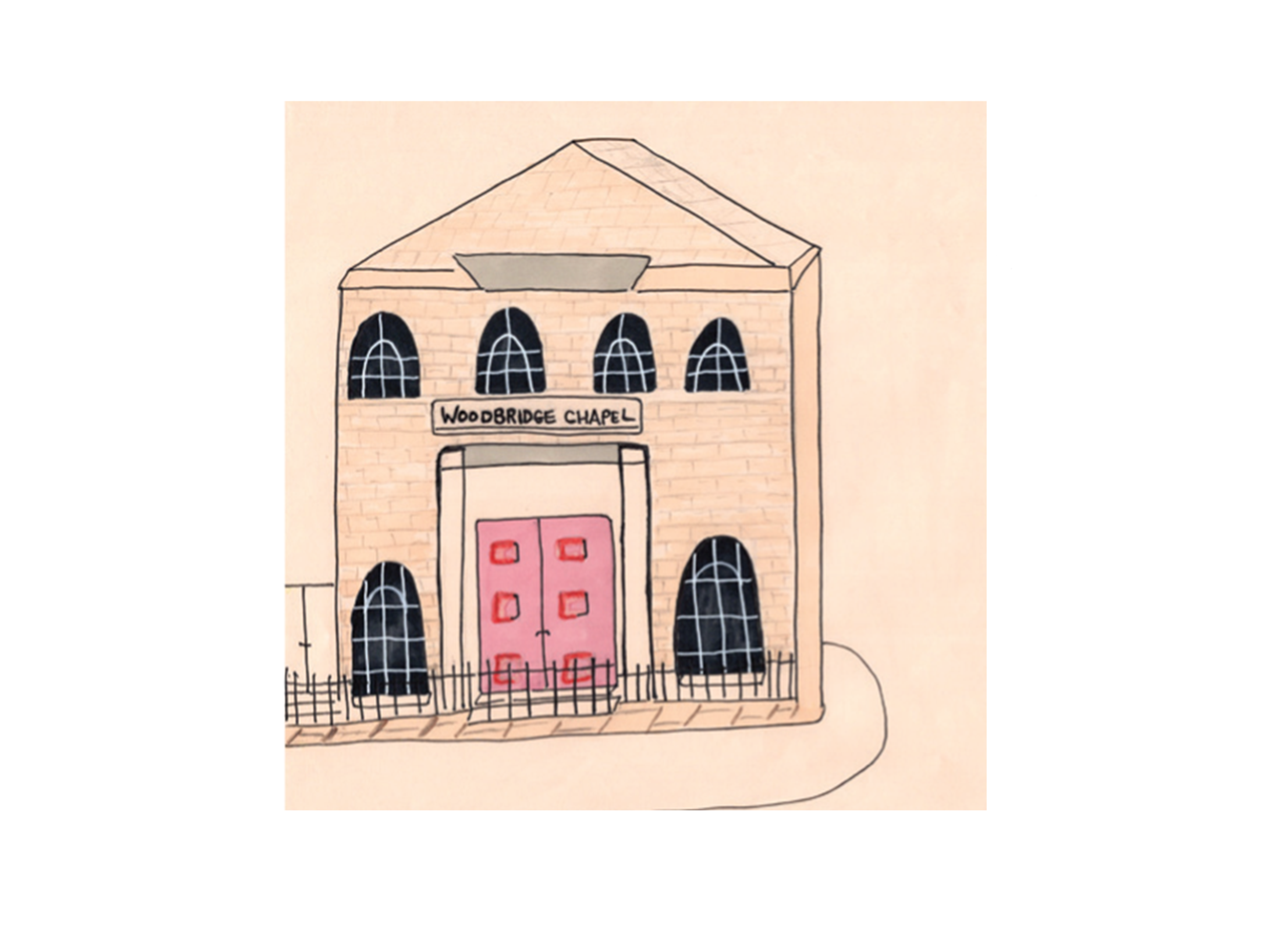
10
I moved to Clerkenwell with my son in 1975 and in 1980 had my second son at St Bartholomew's hospital. I attended the baby unit in Pine Street [now the Michael Palin Centre for Stammering] where I saw a leaflet left for mothers and toddlers to meet at Woodbridge Chapel. I attended and stayed for the next 30 years as a member of the chapel, meeting and making new friends in the area. The building was also used by the Watercress and Flower Girls’ Christian Mission, founded in the 1860s [now Livability, a national disability charity].
Jill Putland
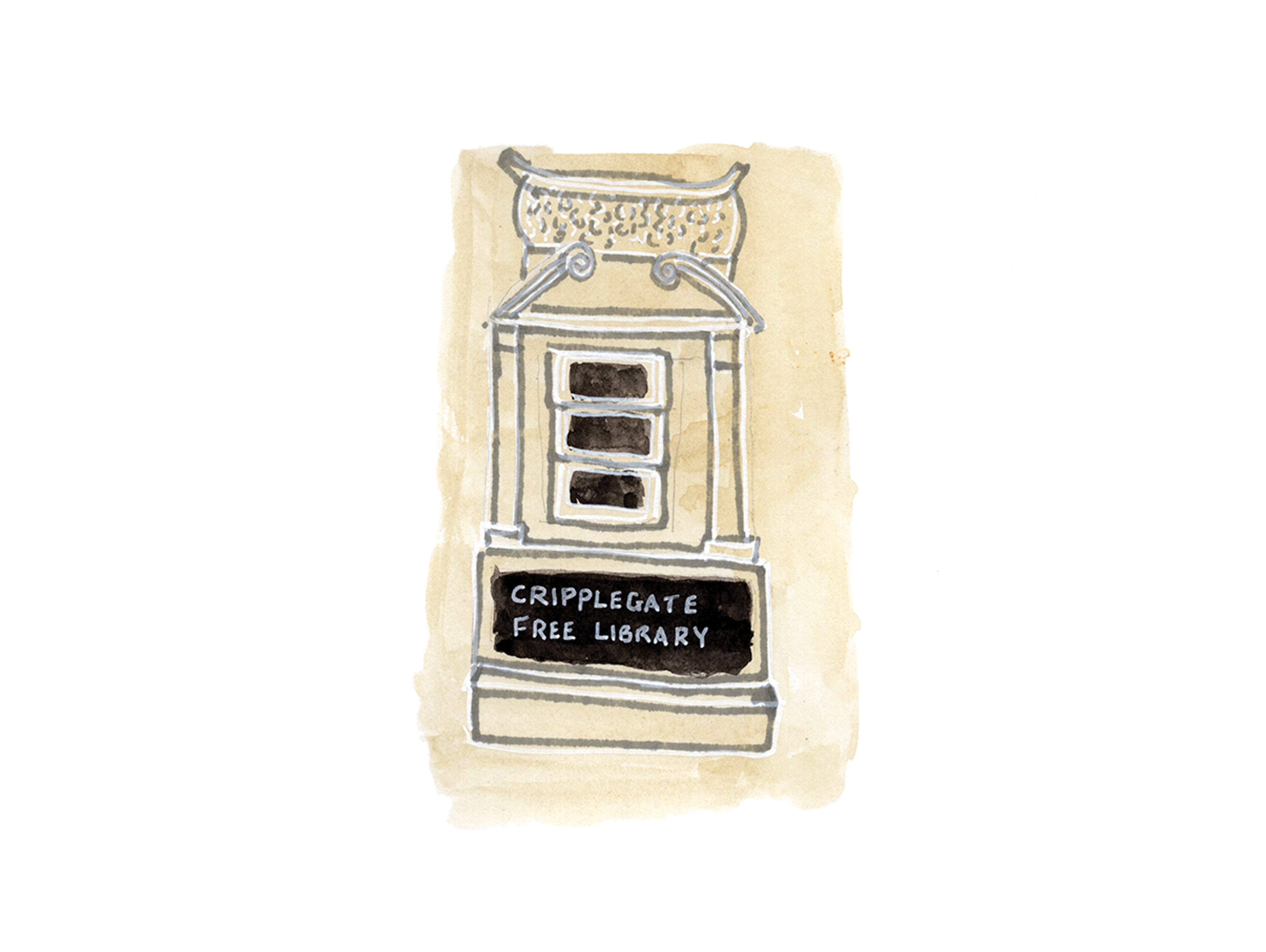
11
We didn’t have many books at home so I found this old dark library [Cripplegate Free Library] just around the corner. They wouldn’t let me take a book unless I was a member and because I was young I had to get permission from my dad or mum. My dad refused to give his details so I thought that was the end of things, but when I told the librarian she took pity on me and let me sign for myself. The smell of the place and the quiet gloom were magic!
Marilyn Gilliam
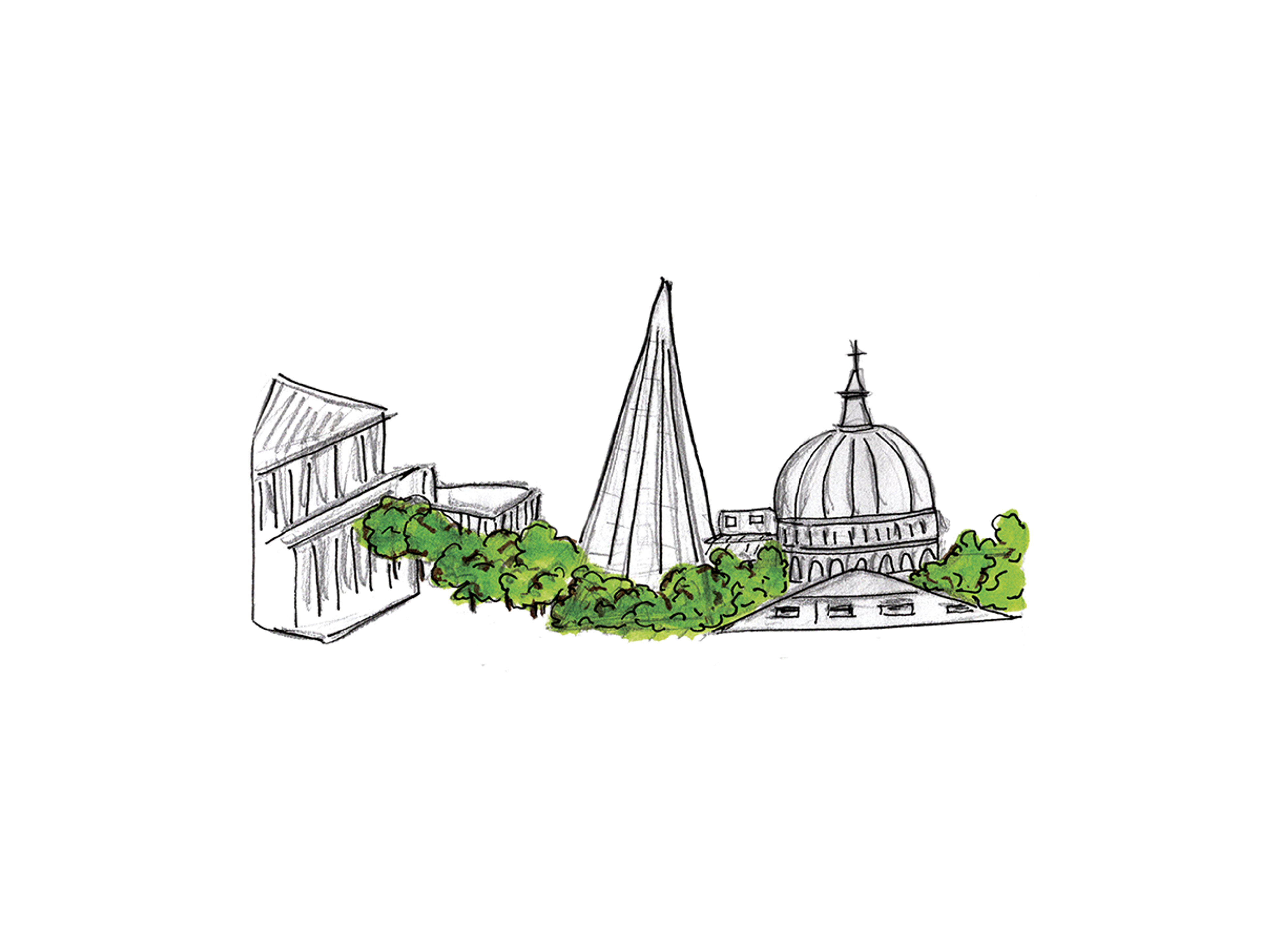
12
St Peter’s Italian Church on Clerkenwell Road was the first to be built in the basilica style in the UK in 1863. It was designed by Irish architect Sir John Miller Bryson, who modelled it on the Basilica San Crisogono in Rome. The church was created to serve the local Italian immigrant population that had developed in the 1800s to such an extent that the surrounding area was dubbed ‘Little Italy’.
Illustration by Jill Putland
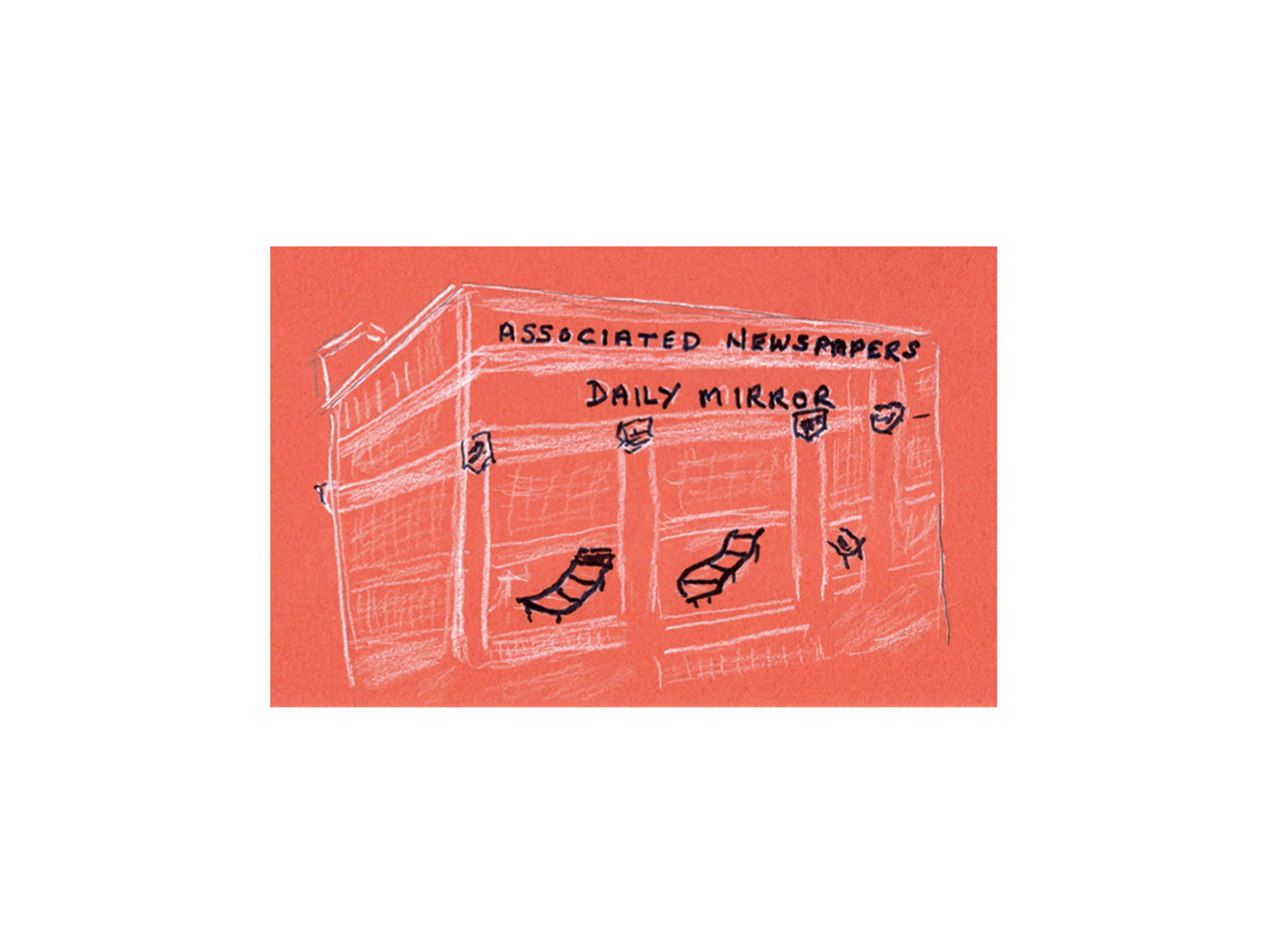
13
I don’t know if the Mirror building on Back Hill was where they printed the newspaper but they did store absolutely enormous rolls of paper there. These would go down chutes that to us were like slides. It was just at the bottom of the road from our school so after class, if there was nobody about, we would slide down these chutes ourselves. I dread to think what would have happened if one of those rolls had come down. It would have squashed us!
Maria Mansfield
Illustration by Sheila Collins
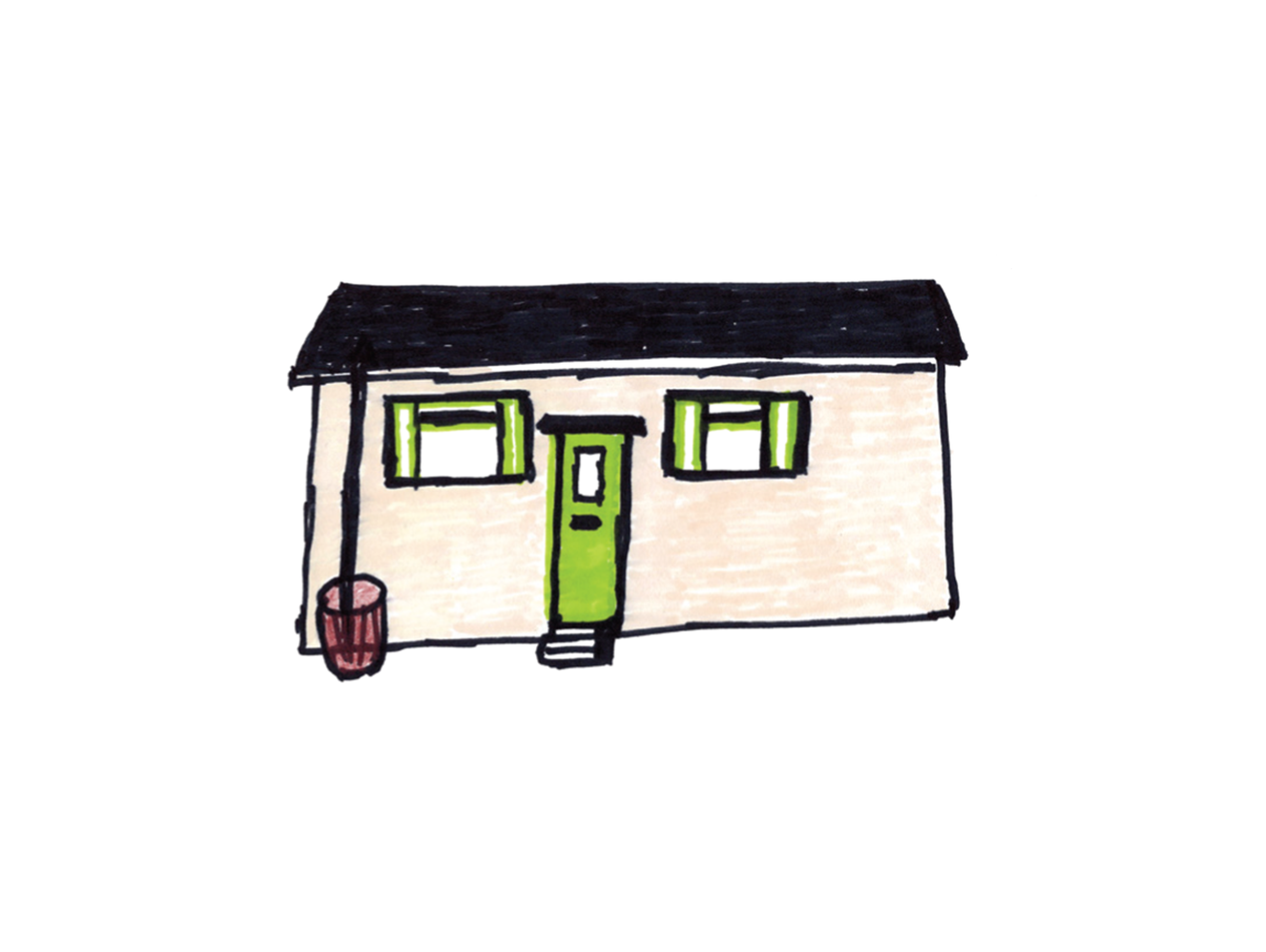
14
During and after the war, a group of pre-fab houses were built in Warner Street, all identical, painted cream with, I think, green front doors. The roofs were covered in a tar-like substance which melted in the summer. I think they were two and three bedrooms and they all had identical front gardens surrounded by a wooden fence. They were expected to last just 10 years but were still around in the 1960s.
Maria Mansfield

15
59-61 Farringdon Road was known as the Zeppelin Building after being totally destroyed by the eponymous craft in a waid during WWI. It was rebuilt in 1917 with a plaque commemorating the incident which you can still see today.
Illustration by Maria Mansfield
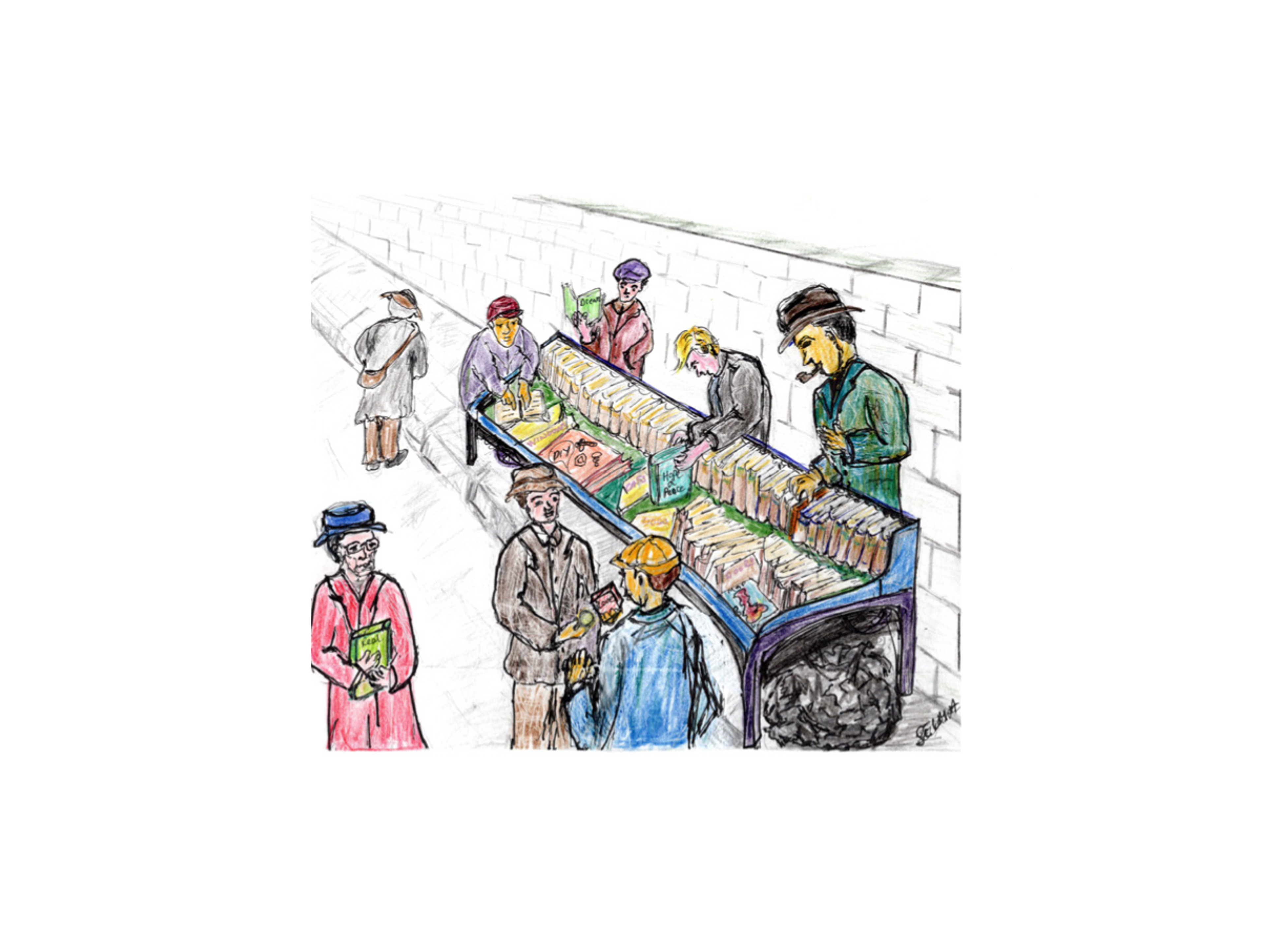
16
Book stalls could be found on the side of Farringdon Road from the late 1800s to the 1990s. Rare first editions could occasionally be found amongst the myriad publications.
Illustration by Selma Atasoy

17
On the corner near the Golden Lane Estate, which I moved into at six years of age, was a WWII bomb site. In common with the other housing estates, open spaces within the estate were not child-friendly and we were always moved on for making too much noise. The bomb site was brilliant because there were places to explore and we could make as much noise as we wanted to. To me, at a young age, the words ‘bomb site’ were synonymous with ‘park’ and I had no idea why it was there or the danger of playing in an area full of deep holes and unstable masonry.
Marilyn Gilliam
Illustration by Sue Lloyd
